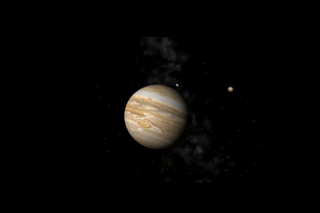
Scientists Discover Cosmic ‘Superhighways’ That Could Accelerate Long‑Distance Space Travel
Space travel that would have taken hundreds of thousands of years might be possible in a matter of decades using these celestial shortcuts.
written by
Rajvi Desaipublished
Dec 15, 2020

Image Credit: Wikipedia
Rajvi Desai is The Swaddle's Culture Editor. After graduating from NYU as a Journalism and Politics major, she covered breaking news and politics in New York City, and dabbled in design and entertainment journalism. Back in the homeland, she's interested in tackling beauty, sports, politics and human rights in her gender-focused writing, while also co-managing The Swaddle Team's podcast, Respectfully Disagree.
Related

Love In The Uncanny Valley

The H2O Marketplace
Water Is Now a Traded Commodity; Can It Still Be a Human Right, Too?

Boon or Bane?